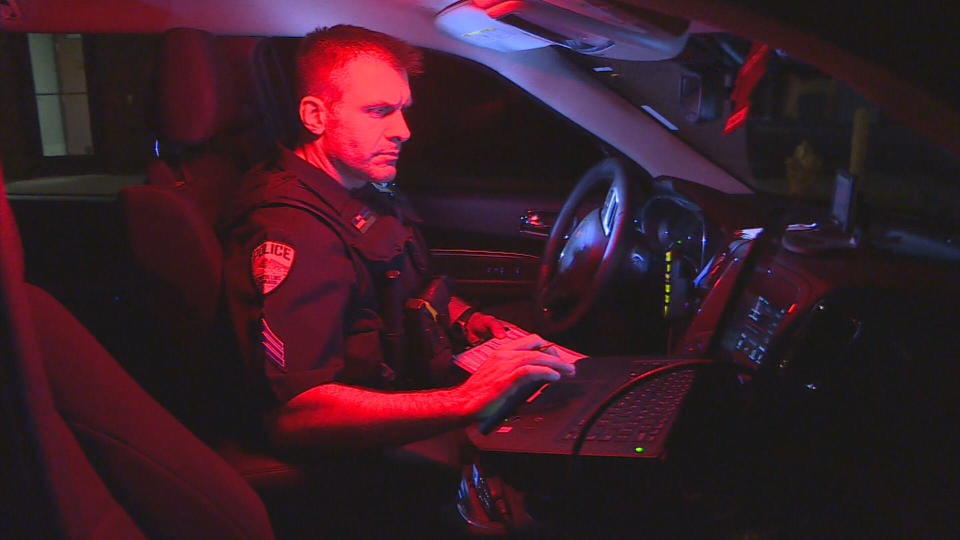Fort Collins police testing AI to complete police reports
For the first time, a Colorado police agency is utilizing Axon artificial intelligence in order to complete their daily police reports. Fort Collins Police Services is in the trial phase, with nearly 40 officers across different shifts testing the software to see if it can help them spend less time on their computers and more time with the community.
According to Robert Younger, technology sergeant with FCPS, the agency is considering investing in the software long-term as the officers participating in the trial have already expressed pleasure with the software.

"I've had officers come up and say, 'Please don't take this away from me. This gets me back out doing what I love to be doing,'" Younger told CBS News Colorado's Dillon Thomas.
The software would be purchased from Axon, the agency's current body camera supplier.
The technology works by helping not only transcribe a verbatim log of an interaction with members of the community, but it also helps write a draft of a police report.
"When they are done recording they press stop. That audio immediately starts uploading to the cloud. Once there, it starts a transcription process," Younger said.
Younger showed Thomas an example of their test run, where the technology reviewed an interaction with a member of the public as a train horn was blaring nearby. This was important to test as Fort Collins is notorious for having trains going through the community throughout the day.
The AI was able to near-perfectly translate the entire interaction with the woman. It was able to tell when she was talking versus when the officer was talking.
So long as the officers conduct their investigations much like an interview, where they ask many questions, the AI has the ability to review the conversation and create a summary which is then written in a draft.
Unlike ChatGPT, Younger said the ability for this AI to have a creative side that can add ideas of its own has been disabled.
"They've told it to just listen to the actual facts of the story. And, when in doubt, ask the officer a question," Younger said.
In the sample draft, Younger showed how the AI intentionally left questions in the draft. The AI asked the officer to provide further details of their surroundings in areas in which it could not answer it on its own. It also asked the officer to further describe a potential suspect identification in their own words.
"The good thing about this system is it requires a lot of human interaction and intervention," Younger said. "There is no way for them to just copy the information straight out of the AI system into the report. There has to be human intervention."
The officers also have to sign off on the system certifying that they reviewed the entire report and acknowledge that it is accurate before it can be exported and sent to a supervisor and the records office.
The nearly 40 officers currently participating in the trial have timed their report process. Those involved have reported they have cut their time spent writing reports down by more than 67% on average.
The agency says their officers spent more than 19,000 hours last year filing reports. They believe they can cut their time spent on typing reports to just over 6,000 hours a year if the entire department starts using the software.
"The advantage of that is it gives the officers back out doing what they want to do, which is being back out and engaging with the community," Younger said.
Though he could not provide an exact number at the time, Younger said he believed the software would cost taxpayers less than $1 million to implement. If the agency decides to move forward with the software they would have to get approval for budgeting from the City of Fort Collins.
If that happens, Younger said it could take as little as a few weeks to roll out the software to all officers.
U.S. honey bee population reaches record high
Arrest made in Florida bus crash that killed 8 people, injured dozens
NTSB report: Cargo ship that struck Baltimore bridge lost power hours before it left port

